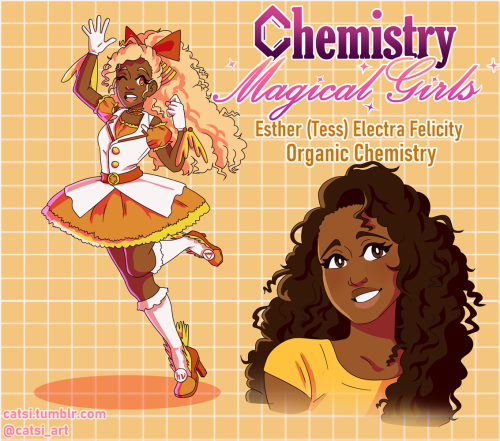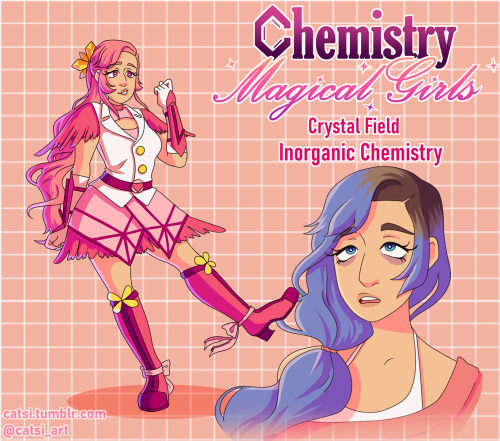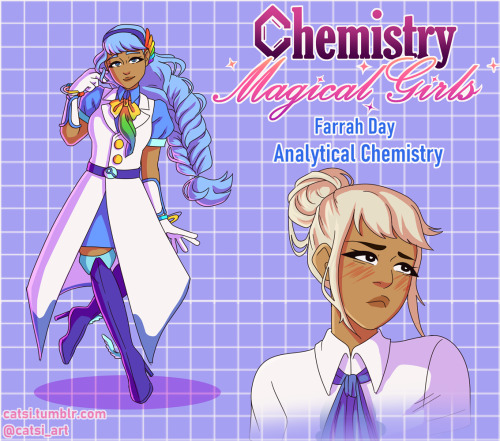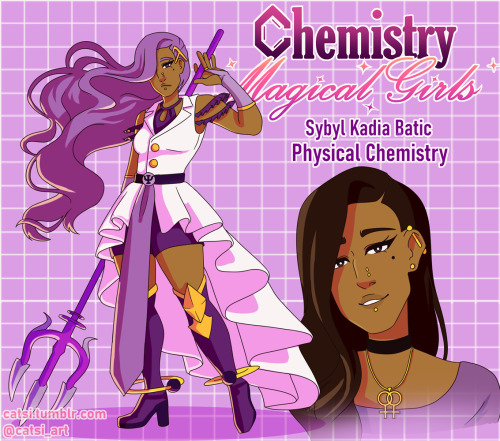I Swear Every-time I See The Quadratic Formula I Get The Song Stuck In My Head
I swear every-time I see the quadratic formula I get the song stuck in my head
During math tests if you listen closely you can hear me mumbling
“oooooh x equals the opposite of b, plus or minus the square root, b squared minus 4ac all divided by 2a!”
WANT MORE? GET YOUR HEAD STUCK IN THE STARS AT MY BLOG!

It was at this moment he knew…….
More Posts from Acosmicgeek and Others
Galileo, what a man
WANT MORE? GET YOUR HEAD STUCK IN THE STARS AT MY BLOG!

Reality is often disappointing
Just so you guys know, the Galilean Moons aren’t Jupiter’s only moons. It has 79 confirmed moons.
Hey, at least they’re not all lonely.
Also, fun-fact, the Moon Europa is a big candidate for a “2nd Earth,” having an ocean under a shell of ice.
WANT MORE? GET YOUR HEAD STUCK IN THE STARS AT MY BLOG!

Over the span of a few hours, I collected images of Jupiter and its Galilean Moons. I labelled each one and you can see them move in their orbits! 🪐🪐🪐
Taken by me (Michelle Park) using the Slooh Canary Two telescope on June 3rd, 2020.
It’s been two years, and I’ll never forget him.
I remember when I was little and I loved space, but I was worried that I would be too bored of the astrophysics area. Then I read Mr. Hawking’s book a Brief History of Time, and I fell in love.
Thanks, Stephie.
WANT MORE? GET YOUR HEAD STUCK IN THE STARS AT MY BLOG!

The world lost an amazing thinker today. Celebrated world-renowned physicist Stephen Hawking passed away in Cambridge on March 14th, 2018 (Pi Day), at age 76. Somehow, I think he would have found this to be very poetic.
Stephen William Hawking CH CBE FRS FRSA was an English theoretical physicist, cosmologist, author and Director of Research at the Centre for Theoretical Cosmology within the University of Cambridge.
I love Schrodinger’s Cat memes
I might write something on quantum mechanics in the future, so I’ll probably dedicate an entire chapter to this cat. Maybe with a week’s worth of SC memes? Who knows!
WANT MORE? GET YOUR HEAD STUCK IN THE STARS AT MY BLOG!

Erwin doesn’t like that.
Lookin’ Good!
I’ve been wanting to be an Astronaut for Halloween but sadly I live in Florida and the heat might suffocate me in a full suit! Perhaps a nice NASA shirt and hat and maybe a fake ID badge and I can go as a scientist :D
WANT MORE? GET YOUR HEAD STUCK IN THE STARS AT MY BLOG!

Artemis Generation Spacesuit Event : Amy Ross, a spacesuit engineer at Johnson Space Center, NASA Administrator Jim Bridenstine, watch as Kristine Davis and Dustin Gohmert wear prototype spacesuits. (via NASA)
How do I constantly forget how beautiful the universe is?
Also, this is true, Jewels DEFINITELY aren’t as bright as stars!
WANT MORE? GET YOUR HEAD STUCK IN THE STARS AT MY BLOG!

A Stellar Jewel Box: Open Cluster NGC 290 : Jewels don’t shine this bright – only stars do. Like gems in a jewel box, though, the stars of open cluster NGC 290 glitter in a beautiful display of brightness and color. The photogenic cluster, pictured here, was captured in 2006 by the orbiting Hubble Space Telescope. Open clusters of stars are younger, contain few stars, and contain a much higher fraction of blue stars than do globular clusters of stars. NGC 290 lies about 200,000 light-years distant in a neighboring galaxy called the Small Cloud of Magellan (SMC). The open cluster contains hundreds of stars and spans about 65 light years across. NGC 290 and other open clusters are good laboratories for studying how stars of different masses evolve, since all the open cluster’s stars were born at about the same time. via NASA
This is a nice little website which I used to outline my Life of a Star series.
It’s got some good info if you want a little brief course on stars (though my series is definitely way more detailed).
WANT MORE? GET YOUR HEAD STUCK IN THE STARS AT MY BLOG!

THE LIFE OF A STAR: STAR NURSERIES
How did this "star stuff" come to exist? The life of stars is a cycle: a star's birth came from a star's death. When it comes to star birth, the star nebulae reigns supreme.
A Nebula (take a look at pictures, they're some of the most beautiful things in the universe) is a giant cloud of dust and gas. This is the region where new stars are formed. Nebulae live in the space in between stars and between galaxies - called interstellar space (or the interstellar medium) - and are often formed by dying stars and supernovas (NASA).
This cloud of particles and gases is mostly made of hydrogen (remember - stars mostly fuse hydrogen!). These appear as patches of light (emission, reflection, or planetary-types) or a dark region against a brighter background (dark-type). This depends on whether "... it reflects light from nearby stars, emits its own light, or re-emits ultraviolet radiation from nearby stars as visible light. If it absorbs light, the nebula appears as a dark patch ..." (The Free Dictionary).
There are four main types of nebulae: emission, reflection, dark, and planetary nebulae.
Emission nebulae are a high-temperature gathering of particles, of which are energized by a nearby ultra-violent-light-emitting star. These particles release radiation as they fall to lower energy states (for more information on electrons moving to energized states and falling back to lower states, read this). This radiation is red because the spectra/wavelength of photons emitted by hydrogen happens to be shifted to the red-end of the visible light spectrum. There are more particles than hydrogen in the nebulae, but hydrogen is the most abundant.
Next up is the reflection nebulae - which reflect the light of nearby stars. As opposed to emission nebulae, reflection are blue, because "the size of the dust grains causes blue light to be reflected more efficiently than red light, so these reflection nebulae frequently appear blue in color ...." The Reddening Law of Nebula describes that the interstellar dust which forms nebulae affects shorter wavelength light more than longer-wavelengths (CalTech).
Then there's the "emo" nebulae: dark nebulae. These are, very simply, nebulae which block light from any nearby sources. The lack of light can cause dark nebulae to be very cold and dark (hence their name), and the heat needed for star formation comes in the form of cosmic rays and gravitational energy as dust gathers. Many stars near dark nebulae emit high levels of infrared light (this type is much more intricate then I've explained, but that summary will do for now. If you're interested in learning more, read this).
Finally, there are planetary nebulae. And these aren't nebulae made of planets. These nebulae are formed when stars (near the ends of their life) throw out a shell of dust. The result is a small, spherical shape, which looks like a planet (hence their name) (METU).
Nebulae themselves are essentially formed by gas and dust particles clumping together by the attractive force of gravity. The clumps increase in density until they form areas where the density is great enough to form massive stars. These massive stars emit ultraviolet radiation, which ionizes surrounding gas and causes photon emissions, allowing us to see nebulae (like we discussed in the types of nebulae). Universe Today said, "Even though the interstellar gas is very dispersed, the amount of matter adds up over the vast distances between the stars. And eventually, and with enough gravitational attraction between clouds, this matter can coalesce and collapse to forms stars and planetary systems."
Britannica notes the structure of nebulae in terms of density and chemical composition: "Various regions exhibit an enormous range of densities and temperatures. Within the Galaxy’s spiral arms about half the mass of the interstellar medium is concentrated in molecular clouds, in which hydrogen occurs in molecular form (H2) and temperatures are as low as 10 kelvins (K). These clouds are inconspicuous optically and are detected principally by their carbon monoxide (CO) emissions in the millimeter wavelength range. Their densities in the regions studied by CO emissions are typically 1,000 H2 molecules per cubic cm. At the other extreme is the gas between the clouds, with a temperature of 10 million K and a density of only 0.001 H+ ion per cubic cm." The composition of nebulae also aligns with what we see with the rest of the universe, mostly being made of hydrogen and the rest being other particles, particularly helium (this matches up with the composition of stars!).
Fun-fact: supernova can create nebulae, but also destroy them. Possibly the most famous nebulae, the "Pillars of Creation," the Eagle Nebula, is hypothesized to have been destroyed by the shockwave of a supernova 6,000 years ago. Since it takes light 7,000 years to travel from that nebulae to the Earth, we won't know for another 1,000 years (Spitzer). If you're wondering how exactly we could know how far nebulae are, check out this article about a new way to measure that distance using the "surface brightness-radius relation", and other distance measurements (such as the parallax measurement).
Now, why did I just explain the intricacies of nebulae in 900 words when this series is supposed to be about stars? Well, when we talk about the birth of a star (and the death sometimes, too), nebulae become important. Take note of what we've discussed in this article: formation, chemical composition, and density. It'll be important in our next chapter (and nuclear fusion, but when is that not important?).
First - Chapter 1: An Introduction
Previous - Chapter 2: Classification
Next - Chapter 4: A Star is Born
WANT MORE? GET YOUR HEAD STUCK IN THE STARS AT MY BLOG!
Omg ;D
I love that so much.
Now I really want Magical Girls who represent each stage in a star’s life. Where’s my Magical Girl Neutron Star!?
WANT MORE? GET YOUR HEAD STUCK IN THE STARS AT MY BLOG!





concept: team of magical girls who each study a different branch of chemistry at university and their magical powers are based on their branch of study. watch out for physchem, she can do weird quantum shit
-
 acosmicgeek reblogged this · 4 years ago
acosmicgeek reblogged this · 4 years ago -
 i-like-salsa reblogged this · 4 years ago
i-like-salsa reblogged this · 4 years ago -
 toomuchawesomenessforyou liked this · 4 years ago
toomuchawesomenessforyou liked this · 4 years ago -
 metaldarkmon liked this · 4 years ago
metaldarkmon liked this · 4 years ago -
 ghostlyspirits1 liked this · 4 years ago
ghostlyspirits1 liked this · 4 years ago -
 apieters liked this · 4 years ago
apieters liked this · 4 years ago -
 fourteenzero liked this · 4 years ago
fourteenzero liked this · 4 years ago -
 shadowhunterwizard liked this · 4 years ago
shadowhunterwizard liked this · 4 years ago -
 cityofdungeonsanddragonss liked this · 4 years ago
cityofdungeonsanddragonss liked this · 4 years ago -
 gulgul31 liked this · 4 years ago
gulgul31 liked this · 4 years ago -
 daisyandthoughts liked this · 4 years ago
daisyandthoughts liked this · 4 years ago -
 4lienat liked this · 4 years ago
4lienat liked this · 4 years ago -
 neurroticc reblogged this · 4 years ago
neurroticc reblogged this · 4 years ago -
 wynautt3 liked this · 4 years ago
wynautt3 liked this · 4 years ago -
 rubynye liked this · 4 years ago
rubynye liked this · 4 years ago -
 dibidee liked this · 4 years ago
dibidee liked this · 4 years ago -
 the-candy-store-cat liked this · 4 years ago
the-candy-store-cat liked this · 4 years ago -
 irlfrancesjanvierr liked this · 4 years ago
irlfrancesjanvierr liked this · 4 years ago -
 r1achel1 liked this · 4 years ago
r1achel1 liked this · 4 years ago -
 stellar-stellarator-rater reblogged this · 4 years ago
stellar-stellarator-rater reblogged this · 4 years ago -
 hauntedharmonytyphoon liked this · 4 years ago
hauntedharmonytyphoon liked this · 4 years ago -
 stolenmemes10 liked this · 4 years ago
stolenmemes10 liked this · 4 years ago -
 yellow-mellows-stuff liked this · 4 years ago
yellow-mellows-stuff liked this · 4 years ago -
 no-fooking-fighting reblogged this · 4 years ago
no-fooking-fighting reblogged this · 4 years ago -
 no-fooking-fighting liked this · 4 years ago
no-fooking-fighting liked this · 4 years ago -
 highaskat liked this · 4 years ago
highaskat liked this · 4 years ago -
 ledumbrava liked this · 4 years ago
ledumbrava liked this · 4 years ago -
 randomhomosapiens liked this · 4 years ago
randomhomosapiens liked this · 4 years ago -
 zinbugmcgee liked this · 4 years ago
zinbugmcgee liked this · 4 years ago -
 kahli-mah liked this · 4 years ago
kahli-mah liked this · 4 years ago -
 duck-tan liked this · 4 years ago
duck-tan liked this · 4 years ago -
 mrvanillebrause reblogged this · 4 years ago
mrvanillebrause reblogged this · 4 years ago -
 mrvanillebrause liked this · 4 years ago
mrvanillebrause liked this · 4 years ago -
 skijumping-fht liked this · 4 years ago
skijumping-fht liked this · 4 years ago -
 luciferstempest liked this · 4 years ago
luciferstempest liked this · 4 years ago -
 pandaprincess82 liked this · 4 years ago
pandaprincess82 liked this · 4 years ago -
 nondescriptfrenchfry liked this · 4 years ago
nondescriptfrenchfry liked this · 4 years ago -
 lovelylordofhats liked this · 4 years ago
lovelylordofhats liked this · 4 years ago -
 madisonreign liked this · 4 years ago
madisonreign liked this · 4 years ago -
 wapaladin liked this · 4 years ago
wapaladin liked this · 4 years ago

